Understanding Idli Rava
Idli rava, a crucial ingredient in South Indian cuisine, is a coarsely ground rice typically used to prepare auspicious dishes such as idlis and dosas. Its origins can be traced back to the ancient culinary traditions of South India, where it has been a staple in many households. The traditional method of making idli rava involves soaking rice, grinding it, and then fermenting the mixture, resulting in a smooth batter that is steamed to produce fluffy idlis. This fermentation not only enhances flavor but also increases the nutritional value of the dish.
What sets idli rava apart from regular rice flour is its unique texture and preparation process. While idli rava is made from parboiled rice, regular rice flour is finely ground and lacks the granular texture essential for creating idlis’ characteristic airy structure. As the demand for nutritious food options grows globally, idli rava made from various millets has gained popularity. Millets are ancient grains known for their high nutritional content and health benefits, making millet-based idli rava a compelling choice for health-conscious consumers.
Nutrition-wise, idli rava offers numerous benefits. When it is made from millets like finger millet (ragi), pearl millet (bajra), or foxtail millet, it becomes high in dietary fiber, protein, and essential minerals such as iron and calcium. These ingredients support digestive health, promote satiety, and can assist in maintaining balanced blood sugar levels. Thus, millet-based idli rava is not only a versatile cooking staple but also a nutritious option that caters to modern dietary preferences and health-conscious eating habits.
Types of Millet-Based Idli Rava
The growing popularity of millet-based idli rava can be attributed to its numerous health benefits and the adaptability of various millets in culinary applications. Among the most prominent varieties is bajra, or pearl millet, which offers a slightly nutty flavor and a coarse texture that enhances the idli’s overall character. Rich in iron, bajra contributes significantly to iron levels in the body, making it an excellent choice for health-conscious individuals.
Next is barnyard millet, which stands out due to its light, fluffy texture and subtle flavor. This type of millet helps in maintaining healthy digestive processes, as it contains high dietary fiber. When used in idli, barnyard millet leads to a soft and airy nature, ideal for those seeking a gentler, more digestible option.
Foxtail millet is another variant that boasts a unique taste and a slightly sticky texture. It is well-known for its high protein content and low glycemic index, thereby providing a lasting source of energy. Incorporating foxtail millet in idli rava makes for a satisfying dish that doubles as a nutritious breakfast choice.
Jowar, or sorghum, features a sweet and earthy flavor profile along with a fine, consistent texture. Jowar is celebrated for being gluten-free and high in antioxidants, appealing to those with dietary restrictions. Using jowar in idli rava results in a distinct taste that enriches the overall dish while promoting health benefits.
Kodo millet offers a robust and rich flavor alongside its slightly chewy texture, ideal for individuals seeking a heartier option. Known to support metabolic health, kodo millet also adds a rustic charm to the idlis made from it.
A multi-millet blend combines the various flavors and textures of these millets, resulting in a unique taste experience and a plethora of health benefits. This blend encourages digestive health, boosts immunity, and provides essential nutrients, making it a popular choice among millet enthusiasts. The flexible nature of millet-based idli rava enables a delightful exploration of flavors while promoting nutritional wellness.
Nutritional Benefits of Millet Idli Rava
Millet idli rava is a superior choice for those seeking healthier dietary alternatives. This gluten-free grain is rich in dietary fiber, which promotes digestive health and helps maintain regular bowel movements. High fiber content plays a crucial role in weight management by promoting satiety, thus reducing overall calorie intake. It is a great option for individuals aiming to manage their body weight or improve gastrointestinal health.
Additionally, millets are a notable source of essential vitamins and minerals. They are packed with B-vitamins, especially niacin, folate, and B6, which are integral to energy production and overall metabolic functions. Furthermore, millet contains vital minerals like magnesium, potassium, and iron, enhancing bone health and supporting cardiovascular function. Magnesium, for example, is essential for maintaining healthy blood pressure levels, while potassium helps regulate heartbeat and fluid balance in the body.
In terms of health management, millet idli rava can be beneficial for those dealing with chronic health issues. The low glycemic index of millets makes them particularly advantageous for individuals with diabetes, as they help maintain stable blood sugar levels. By substituting traditional rice-based idli rava with millet varieties, consumers can potentially mitigate spikes in blood glucose, fostering better glycemic control. Moreover, millets possess cholesterol-lowering properties that can contribute to improved heart health. Studies suggest that regular consumption of millet may lower the risk of heart disease by maintaining healthy cholesterol levels.
Transitioning to millet idli rava is not only a step towards healthier eating but also a sustainable choice. With their extensive health benefits, millets serve as a nutritious foundation for diverse meal options, ultimately promoting overall well-being.
Market Potential and Global Distribution
The global market for gluten-free and nutritious food products has been witnessing substantial growth, with an increasing number of consumers seeking healthier dietary options. Millet-based products, specifically millet idli rava, are positioned to tap into this trend effectively. As health consciousness rises among consumers, the demand for gluten-free alternatives has surged. Millet idli rava, rich in nutritional benefits, serves as an attractive option for those looking to enhance their diet without sacrificing taste or texture.
Millets are recognized for their health benefits, including high levels of fiber, vitamins, and minerals, making them essential components of a balanced diet. This aligns with the growing trend of healthy eating, where consumers prioritize food that not only nourishes but also supports overall well-being. Consequently, millet idli rava presents a promising opportunity for brands looking to cater to health-conscious consumers. The shift towards plant-based diets further amplifies the appeal of millet products, as they are naturally gluten-free and suitable for a variety of dietary restrictions.
Identifying potential markets for distribution is crucial. Regions such as North America and Europe, where the acceptance of gluten-free diets is increasing, offer significant opportunities for millet idli rava. Additionally, the Asian markets, particularly in health-centric urban areas, are showing interest in traditional, wholesome food alternatives. To successfully promote millet idli rava, brands can leverage social media, influencer marketing, and collaborations with health food stores, ensuring broader reach and heightened awareness.
In conclusion, the market for millet idli rava holds substantial potential in the global food landscape, driven by evolving consumer preferences for nutritious and gluten-free products. By effectively strategizing distribution and promotion efforts, brands can position millet idli rava as a leading choice for health-conscious consumers worldwide.
Recipes and Usage Ideas
Idli rava, made from millets, is a versatile ingredient that can elevate many dishes beyond the traditional idli. For a classic preparation, soak the idli rava overnight and combine it with fermented urad dal batter. This mixture is then steamed in small molds to create soft, fluffy idlis. To add a twist, consider incorporating vegetables such as grated carrots or chopped spinach into your idli batter, infusing your dish with additional nutrients and flavors.
Another innovative twist is to prepare rava dosa, a thin and crispy version of the dosa made by mixing idli rava with water, cumin seeds, and chopped green chilies. This delightful variation can be served with a variety of chutneys or sambar, creating a delightful meal. Additionally, consider making idli rava upma, a savory dish that includes sautéed onions, mustard seeds, and a mix of vegetables, providing a wholesome breakfast or snack option that showcases the versatility of millet idli rava.
Besides these popular dishes, idli rava can also be integrated into other meals. For instance, it can serve as an interesting addition to porridge or used to thicken soups, imparting a unique flavor. To enhance the nutritional value of your meals, it’s advisable to properly store raw idli rava in airtight containers in a cool, dry place to prevent spoilage. By soaking the rava prior to cooking, you enhance its digestibility and nutrient absorption.
In conclusion, exploring various recipe ideas for cooking with millet idli rava can transform everyday meals into nutritious and exciting dishes. By trying out traditional and innovative recipes, readers can enjoy the health benefits of millet while experiencing the delicious versatility of idli rava.

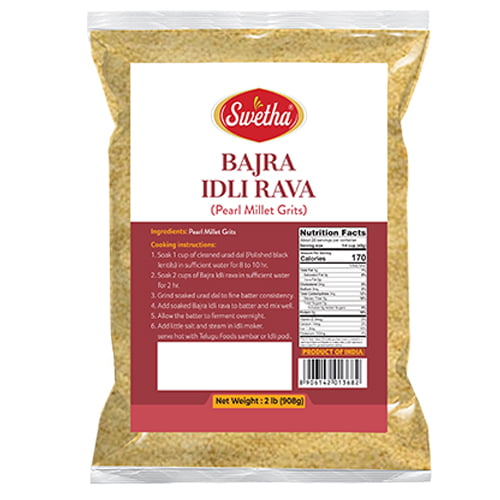
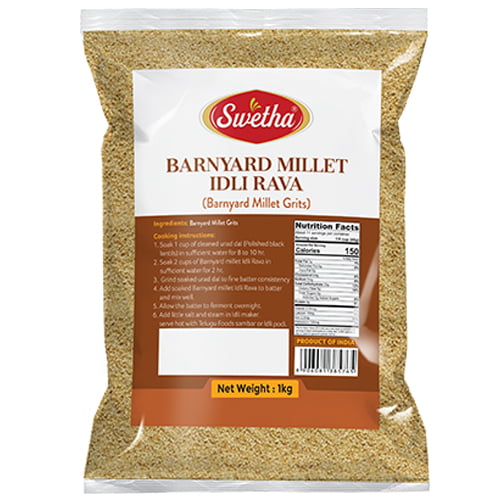
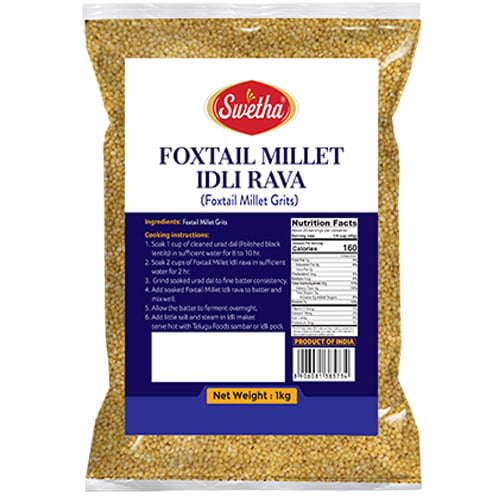

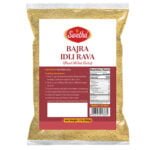
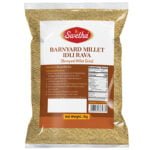
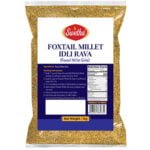
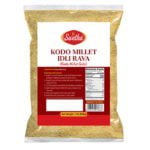

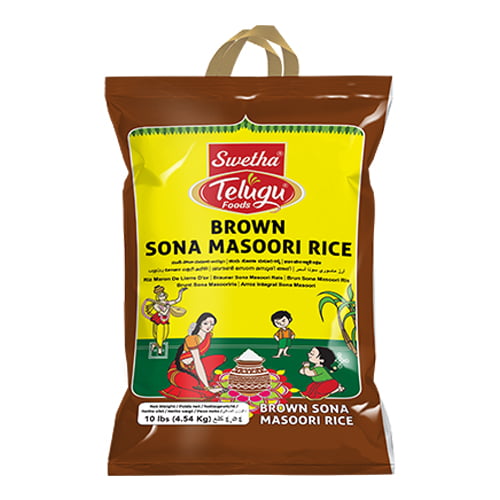



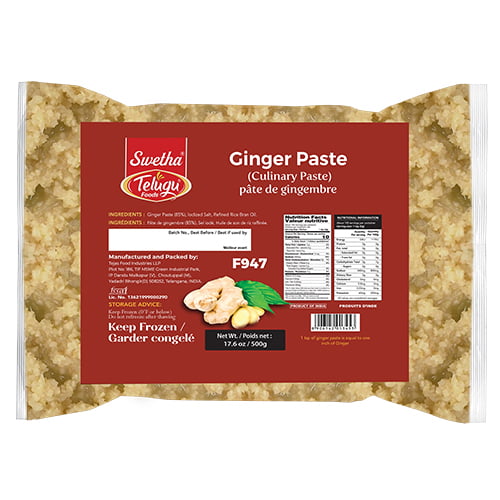


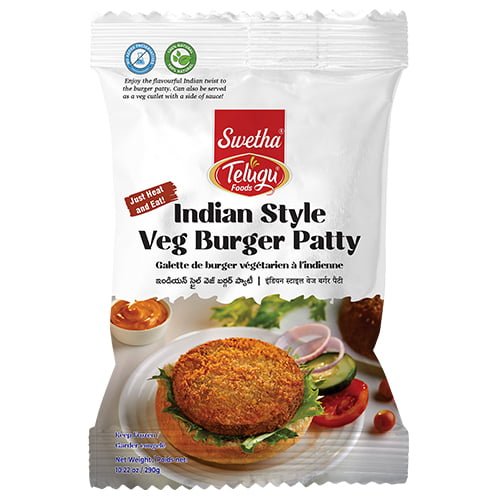


Reviews
Clear filtersThere are no reviews yet.